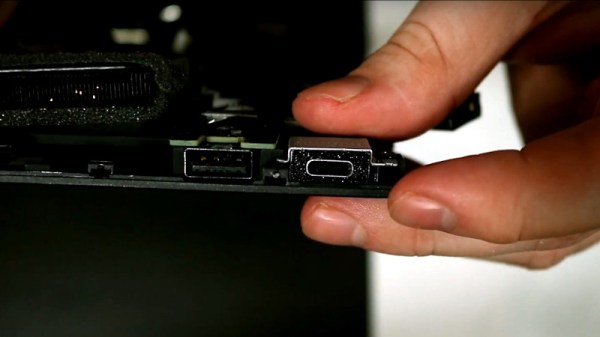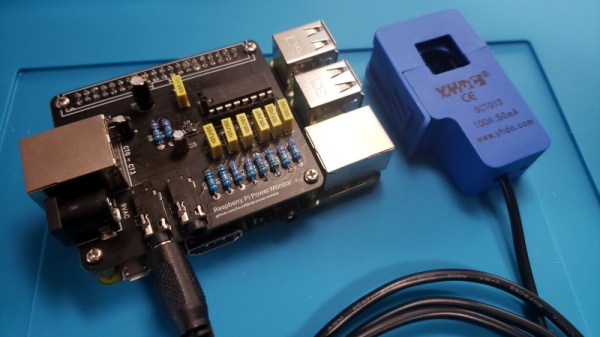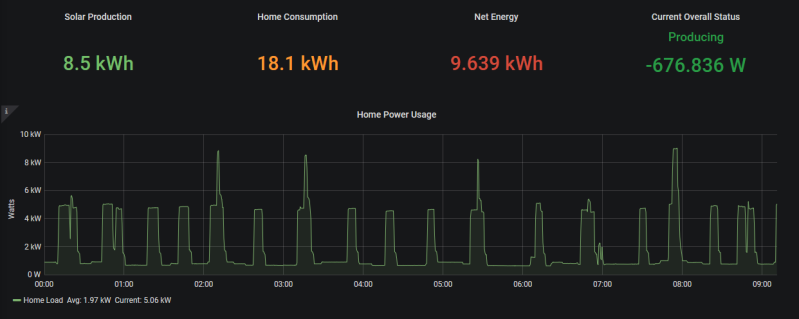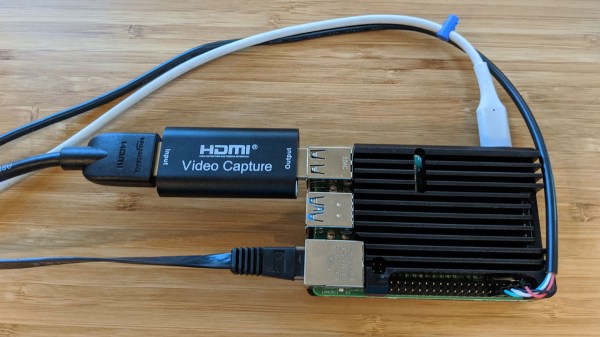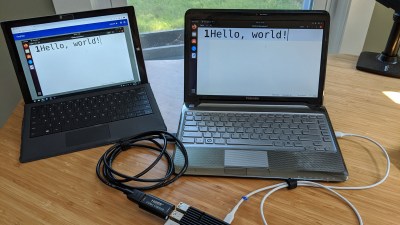The USB-C revolution is well under way, as first your new phone, then your single-board computer, and now your laptop are likely so sport the familiar reversible round-cornered connector. We’re still in the crossover period of requiring to keep micro USB, proprietary laptop, and USB-C power supplies at hand, but the promise of a USB-C-only world is tantalisingly close. For [Purkkaviritys] that’s a little bit closer now, as he’s modified his Thinkpad T440s to take a USB charger instead of its proprietary Lenovo square-plug part. (Video, embedded below.)
At its heart is a USB-PD emulator module that does all the hard work of negotiation with the power supply, giving the laptop the DC voltage it needs. It’s not quite that simple though, because a resistor is required to reassure the laptop that it’s got a genuine power supply. The module is encased in a carefully-designed surround that neatly takes the space vacated by the original connector, and since this laptop has its internal power connector on a short cable it is made very straightforward to fit into the case. If you didn’t know it was a home-made upgrade, you could be forgiven for thinking that this laptop left the factory with a USB-C power socket.
The USB-C module used here is a versatile part. We’ve previously seen it in a soldering iron conversion.

